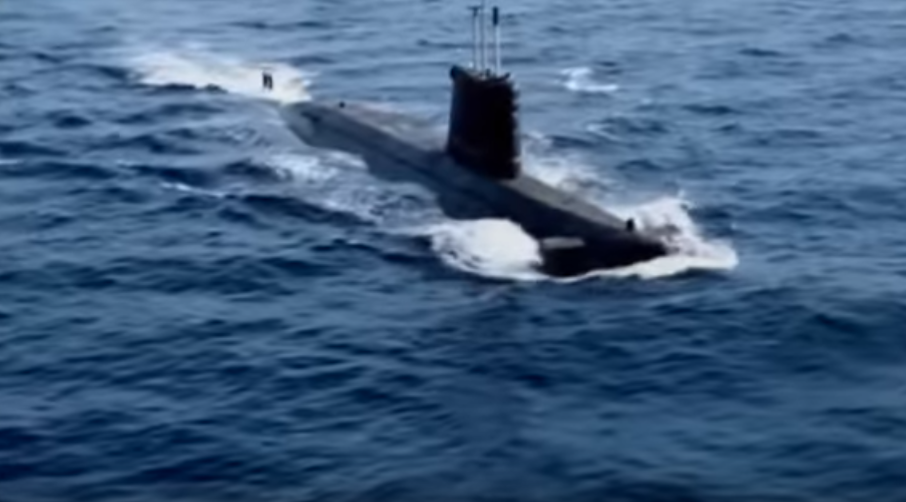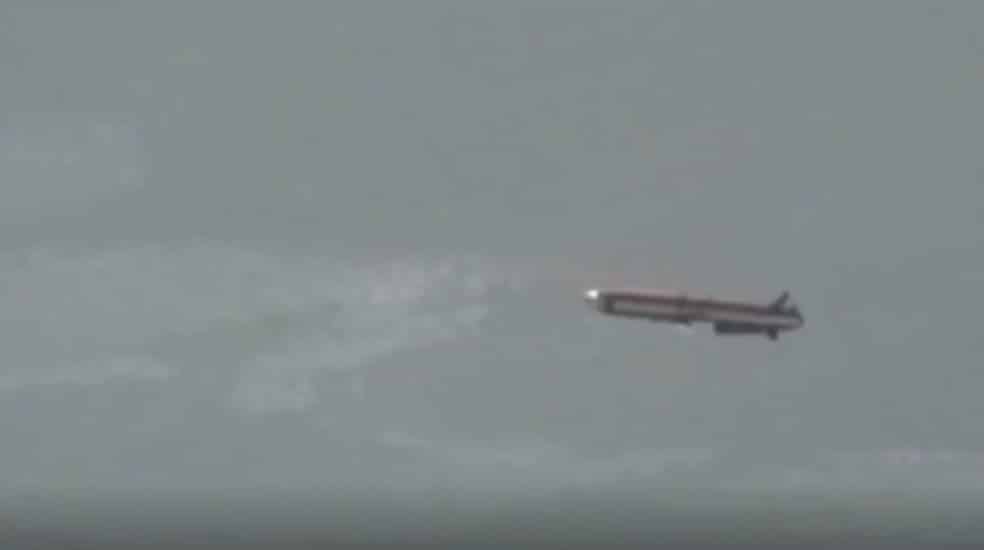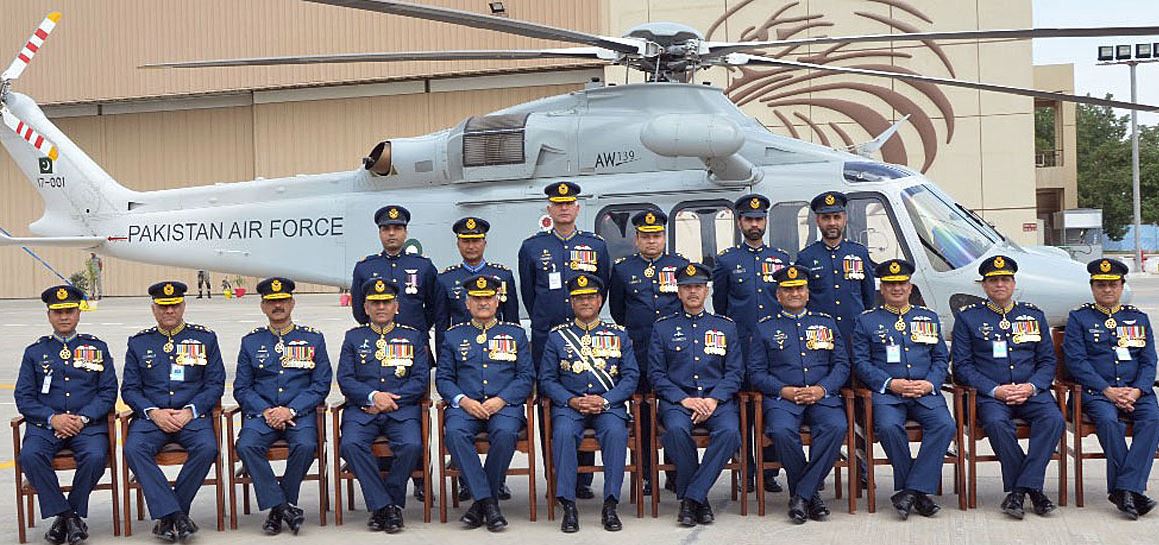2626Views 0Comments

Aselsan selected to provide ESM for Pakistani Agosta 90Bs
Turkish defence giant Aselsan’s ARES-2SC/NS electronic support measures (ESM) system was selected as part of Pakistan’s Agosta 90B submarine upgrade program.
The news comes from IHS Jane’s, which learned of the acquisition from Aselsan during Indo Defence 2016.
The ARES-2SC/NS is an improved iteration of Aselsan’s ARES-2NS, which is onboard two Turkish Navy Type 209/1200 diesel-electric submarines (SSK). The ARES-2SC/NS was also selected by the Turkish Navy for its six forthcoming Type 214 air-independent propulsion (AIP) submarines.
As an ESM, the ARES-2SC/NS is used to detect and identify enemy radar signals.
According to Aselsan:
ARES-2SC fulfills main functions such as detecting, tracking, analysing, diagnosing, displaying in proper format and automatic or intentional recording/replaying the emissions from radars operating at a frequency range of mainly 2-18 GHz, including [low-probability of intercept] radars. The System indicates the frequencies and parameters as well as bearings of the radar emissions within the 360° azimuth coverage, accurately and in near-real time, on a continuous basis.
In effect, the submarine essentially becomes an electronic reconnaissance (specifically signals intelligence or SIGINT) asset at sea.
Earlier, IHS Jane’s reported that Airbus Defence and Space (DS) Optronics had been selected to provide the SERO 250 night-vision capable periscope and OMS 200 electro-optical and infrared (EO/IR) sensor.
Notes & Comments:
The Pakistan Navy Agosta 90B submarine program is reportedly valued at a total of $350 million U.S. In June, Turkish shipbuilder Savunma Teknolojileri Mühendislik A.Ş. (STM) was selected by Pakistan to serve as the prime contractor based on having the most competitive package. STM will conduct the upgrade at Karachi Shipyard & Engineering Works (KSEW).
With Aselsan and Airbus DS involved as sub-contractors, it is evident that the Pakistani submarine upgrade program could potentially involve a relatively diverse set of second and third-party vendors. Considering that Thales is planning to exhibit at the upcoming International Defence Exhibition and Ideas Seminar (IDEAS) in Karachi this month, the potential scope of subsystem vendors could include new entrants and more established (vis-à-vis the Pakistani market) suppliers.
While China has firmly cemented its spot as Pakistan’s leading defence supplier, Turkey’s climb as one of the leading – if not second-leading – supplier could be plausible. A cursory glance at the IDEAS 2016 exhibitor list shows that behind China, it is Turkey that will have the largest presence to reflect Pakistan’s defence market. Yes, STM is in touch with the Pakistan Navy over the prospect of designing a surface warship based on the Ada-class corvette, but could there be an avenue for the Turkish industry in regards to Pakistan’s next-generation submarine program?
Aselsan and Havelsan have a range of subsystems under development for use on Turkey’s next-generation submarine, these include torpedo countermeasure systems, a combat management system, sensor and weapons management systems, and command and control suite.
Granted, Turkey’s entry into the mix would make the submarine process less seamless, but China did work with third party suppliers, such as Thales (in regards to the SMART-S Mk2), to configure Algeria’s C28A corvette in China. On the other hand, Pakistan’s submarine purchase includes an element of transfer-of-technology, which will add to STM’s capacity building work in multi-party subsystem integration work at KSEW.


